Are you looking to elevate your football skills and become an exceptional dribbler? Mastering the art of dribbling can transform your game, allowing you to navigate through defenders, create scoring opportunities, and control the flow of the match. CAUHOI2025.UK.COM provides a comprehensive guide, from fundamental techniques to advanced strategies, ensuring you have the tools to become a top-tier dribbler. Enhance your football abilities and leave opponents in awe with superior ball control and agility.
Table of Contents
- Understanding the Essence of Dribbling
- Essential Dribbling Techniques
- Advanced Dribbling Skills
- Physical Attributes for Dribbling Excellence
- Mental Aspects of Dribbling
- Training Drills to Improve Dribbling
- Studying Great Dribblers
- Tactical Awareness in Dribbling
- Nutrition and Recovery for Peak Performance
- Avoiding Common Dribbling Mistakes
- Dribbling in Different Game Scenarios
- How to Improve Dribbling Speed
- Dribbling Under Pressure
- Utilizing Both Feet for Dribbling
- Equipment and Gear for Dribbling
- Resources for Further Learning
- FAQ: Frequently Asked Questions
- Conclusion
1. Understanding the Essence of Dribbling
Dribbling in football is more than just running with the ball; it’s an art form that combines technique, agility, and decision-making. At its core, dribbling involves maintaining control of the ball while moving, allowing you to evade opponents, create space, and advance the ball towards the goal. Exceptional dribbling can break down defenses, set up scoring opportunities, and dictate the pace of the game.
The Importance of Dribbling
Dribbling is essential for:
- Breaking Down Defenses: Skilled dribblers can penetrate tight defensive lines, creating opportunities for teammates.
- Creating Space: Dribbling can draw defenders out of position, opening up space for passes and shots.
- Maintaining Possession: Effective dribbling helps retain possession under pressure, allowing your team to control the game.
- Initiating Attacks: A well-timed dribble can start counter-attacks and quickly transition from defense to offense.
Key Attributes of a Good Dribbler
Several attributes contribute to dribbling proficiency:
- Ball Control: Precise touch and control over the ball are fundamental.
- Agility: Quick footwork and the ability to change direction rapidly.
- Vision: Awareness of surroundings to make informed decisions on when to dribble, pass, or shoot.
- Balance: Maintaining stability while moving at speed and under pressure.
- Confidence: Belief in one’s ability to take on defenders and succeed.
2. Essential Dribbling Techniques
Mastering basic dribbling techniques is crucial for building a solid foundation. These techniques focus on ball control, footwork, and body positioning.
Inside of the Foot
Using the inside of your foot provides excellent control and allows for quick changes in direction.
- Technique: Keep your ankle locked and use gentle touches to guide the ball.
- Use: Ideal for close control, passing, and maintaining possession.
Outside of the Foot
The outside of the foot is useful for quick bursts of speed and cutting inside.
- Technique: Contact the ball with the outside of your foot, keeping touches light and controlled.
- Use: Effective for beating defenders on the wing and creating space.
Laces (Top of the Foot)
Using the laces allows for more power and distance, ideal for dribbling at speed.
- Technique: Strike the ball with the laces, keeping your ankle firm and your body balanced.
- Use: Best for open spaces and when you need to cover ground quickly.
Sole of the Foot
The sole of the foot provides maximum control and is useful for shielding the ball.
- Technique: Place your foot on top of the ball, using it to stop, turn, and protect the ball.
- Use: Effective for tight spaces, changing direction, and maintaining possession under pressure.
Body Positioning
Proper body positioning is essential for protecting the ball and maintaining balance.
- Technique: Keep your body between the ball and the defender, using your arms for balance and leverage.
- Use: Important for shielding the ball, turning away from pressure, and maintaining possession.
3. Advanced Dribbling Skills
Once you’ve mastered the basics, incorporating advanced skills can significantly enhance your dribbling ability. These skills involve deception, agility, and quick thinking.
The Step-Over
A classic move to deceive defenders and change direction.
- Technique: Swing your foot over the ball without touching it, creating the illusion of moving in that direction.
- Use: Effective for throwing off defenders and creating space to cut inside or outside.
The Maradona Turn (Roulette)
A 360-degree turn that allows you to escape pressure and change direction.
- Technique: Use the inside of one foot to pull the ball back, then spin your body around while using the other foot to complete the turn.
- Use: Ideal for evading defenders in tight spaces and maintaining possession.
The Cruyff Turn
A quick change of direction that leaves defenders off balance.
- Technique: Pretend to pass or cross the ball, then drag it behind your standing leg and change direction.
- Use: Effective for creating space and surprising defenders.
The Rabona
A visually impressive move where you kick the ball with one foot behind the other leg.
- Technique: Plant one foot next to the ball and kick it with the other foot wrapping around the standing leg.
- Use: Can be used for crossing or shooting when your stronger foot is unavailable.
The Elastico (Flip-Flap)
A quick move that involves flicking the ball from the outside to the inside of your foot.
- Technique: Use the outside of your foot to push the ball in one direction, then quickly use the inside of your foot to flick it back in the opposite direction.
- Use: Effective for deceiving defenders and creating space.
The Hocus Pocus (Akka)
Using the outside of your foot to cross in front of you.
- Technique: While dribbling the ball you use the outside of the foot to cross to the other side of you and continue dribbling.
- Use: Effective for throwing off defenders and creating space to cut inside or outside.
The Rainbow Flick
Flicking the ball over your head and the defender’s head.
- Technique: While the ball is in front of you use your heel to flick the ball up behind you and over you.
- Use: Effective for getting the ball over the defender without having to encounter.
4. Physical Attributes for Dribbling Excellence
Physical fitness plays a crucial role in dribbling ability. Agility, speed, balance, and endurance are essential for maintaining control and effectiveness throughout the game.
Agility and Coordination
Agility is the ability to change direction quickly and efficiently.
- Training: Use cone drills, ladder drills, and shuttle runs to improve agility and footwork.
- Benefits: Enhanced agility allows you to navigate through defenders and maintain control in tight spaces.
Speed and Acceleration
Speed allows you to outpace defenders and create separation.
- Training: Incorporate sprint training, interval running, and plyometrics to improve speed and acceleration.
- Benefits: Increased speed enables you to break away from defenders and create scoring opportunities.
Balance and Stability
Balance is essential for maintaining control while moving at speed and under pressure.
- Training: Practice balance exercises, such as single-leg squats, lunges, and core workouts.
- Benefits: Improved balance allows you to stay on your feet and maintain control even when challenged by defenders.
Endurance
Endurance allows you to maintain your dribbling ability throughout the entire match.
- Training: Include long-distance running, interval training, and game simulations to improve endurance.
- Benefits: Enhanced endurance ensures you can perform at your best from the first minute to the final whistle.
Strength
Strength is required to hold of defenders while you are dribbling.
- Training: Include weightlifting to strengthen the upper body.
- Benefits: Better strength to keep the ball when being pushed or pulled.
5. Mental Aspects of Dribbling
Mental toughness is just as important as physical skill. Confidence, decision-making, and focus are key mental attributes for successful dribbling.
Confidence
Belief in your ability to take on defenders and succeed is crucial.
- Strategies: Visualize successful dribbles, focus on your strengths, and maintain a positive attitude.
- Benefits: Increased confidence allows you to take risks and attempt more challenging dribbles.
Decision-Making
Knowing when to dribble, pass, or shoot is essential for effective dribbling.
- Strategies: Analyze the position of defenders, teammates, and the goal. Make quick, informed decisions based on the situation.
- Benefits: Improved decision-making ensures you choose the best option to advance the ball and create scoring opportunities.
Focus
Maintaining concentration throughout the game is vital for consistent performance.
- Strategies: Practice mindfulness, set clear goals, and block out distractions.
- Benefits: Enhanced focus allows you to stay sharp and make the right decisions under pressure.
Vision
Having a vision of the field is important while dribbling to see if you have options to pass or if you need to keep dribbling.
- Strategies: Keep your head up while dribbling to see all options and not just the ball.
- Benefits: Enhanced vision allows you to stay sharp and make the right decisions under pressure.
6. Training Drills to Improve Dribbling
Consistent practice with targeted drills is essential for improving dribbling skills. Here are some effective drills to incorporate into your training routine:
Cone Drills
Set up cones in various patterns to practice agility, footwork, and ball control.
- Basic Cone Dribbling: Dribble the ball in and out of a straight line of cones, focusing on close control and quick touches.
- Figure Eight Drill: Dribble the ball in a figure eight pattern around two cones, emphasizing changes in direction and balance.
- Cone Weave: Set up cones in a staggered line and dribble through them, alternating the foot you use to touch the ball.
Ladder Drills
Use an agility ladder to improve foot speed, coordination, and quickness.
- Two-Foot In: Place both feet in each square of the ladder, focusing on speed and precision.
- Lateral Shuffle: Shuffle sideways through the ladder, placing one foot in each square.
- Icky Shuffle: Quickly alternate feet in and out of each square, emphasizing agility and coordination.
Shuttle Runs
Improve agility, speed, and endurance with shuttle runs.
- Basic Shuttle Run: Sprint between two points, touching the ground at each end before sprinting back.
- Dribbling Shuttle Run: Dribble the ball between two points, maintaining close control while sprinting.
- Varied Shuttle Run: Combine sprinting with dribbling, changing direction, and performing quick turns.
Reaction Drills
Enhance decision-making and reaction time with reaction drills.
- Partner Reaction Drill: Work with a partner who calls out directions (left, right, forward, back) while you dribble, forcing you to react quickly.
- Color Cone Drill: Set up cones of different colors and have a coach call out a color, requiring you to dribble to that cone as quickly as possible.
- Visual Cue Drill: Use visual cues, such as hand signals or colored cards, to indicate which direction to dribble.
Small-Sided Games
Apply your dribbling skills in game-like situations with small-sided games.
- 1v1, 2v2, 3v3: Play small-sided games in limited spaces, focusing on dribbling, passing, and decision-making under pressure.
- Target Game: Set up targets or goals and practice dribbling to score or pass to a teammate.
- Possession Game: Focus on maintaining possession through effective dribbling and passing, emphasizing quick decision-making and ball control.
7. Studying Great Dribblers
Watching and analyzing the techniques of world-class dribblers can provide valuable insights and inspiration. Some legendary dribblers to study include:
- Lionel Messi: Known for his close control, agility, and ability to glide past defenders.
- Neymar: Renowned for his flair, creativity, and dazzling footwork.
- Cristiano Ronaldo: Celebrated for his speed, power, and combination of skill and athleticism.
- Eden Hazard: A master of deception, balance, and tight dribbling in crowded areas.
- Ronaldinho: Famous for his creativity, innovation, and ability to perform seemingly impossible tricks.
- Jay-Jay Okocha: Known for his silky smooth dribbling skills, Okocha was a wizard with the ball at his feet.
How to Study Great Dribblers
- Watch Game Footage: Observe how they dribble in different situations, such as attacking, defending, and transitioning.
- Analyze Techniques: Pay attention to their footwork, body positioning, and decision-making.
- Identify Patterns: Look for recurring moves and strategies they use to beat defenders.
- Emulate and Adapt: Try to incorporate their techniques into your own game, adapting them to suit your strengths and style.
8. Tactical Awareness in Dribbling
Effective dribbling requires tactical awareness to make smart decisions based on the game situation.
When to Dribble
- Breaking Down Defenses: Dribble when you see an opportunity to penetrate the defensive line.
- Creating Space: Dribble to draw defenders out of position and open up passing lanes.
- Transitioning from Defense to Offense: Use dribbling to quickly move the ball forward and start a counter-attack.
When to Pass
- Teammate in a Better Position: Pass the ball to a teammate who has a clearer shot on goal or more space to operate.
- Under Pressure: Pass the ball to relieve pressure and maintain possession.
- Switching Play: Pass the ball to change the angle of attack and exploit weaknesses in the defense.
When to Shoot
- Clear Shooting Opportunity: Shoot when you have a clear line to the goal and are within shooting range.
- Defender Out of Position: Shoot when the defender is out of position and you have space to take a shot.
- Rebound Opportunity: Shoot to create a rebound opportunity for teammates.
9. Nutrition and Recovery for Peak Performance
Proper nutrition and recovery are essential for maximizing your dribbling potential.
Nutrition
- Balanced Diet: Consume a balanced diet that includes carbohydrates, protein, and healthy fats.
- Hydration: Stay hydrated by drinking plenty of water throughout the day.
- Pre-Game Meal: Eat a carbohydrate-rich meal 2-3 hours before the game to provide energy.
- Post-Game Meal: Replenish glycogen stores with a carbohydrate and protein-rich meal after the game.
Recovery
- Rest and Sleep: Get 7-9 hours of sleep per night to allow your body to recover.
- Active Recovery: Perform light exercises, such as jogging or swimming, to promote blood flow and reduce muscle soreness.
- Stretching: Stretch regularly to improve flexibility and prevent injuries.
- Massage: Get regular massages to relieve muscle tension and promote recovery.
10. Avoiding Common Dribbling Mistakes
Being aware of common dribbling mistakes can help you improve your technique and decision-making.
Dribbling with Your Head Down
Dribbling with your head down limits your awareness of the field and makes it difficult to make informed decisions.
- Solution: Practice keeping your head up while dribbling, scanning the field to identify passing options and potential threats.
Over-Dribbling
Dribbling too much can slow down the attack and give defenders time to close you down.
- Solution: Learn to recognize when to pass the ball to a teammate in a better position.
Predictable Moves
Using the same dribbling moves repeatedly makes it easier for defenders to anticipate your actions.
- Solution: Vary your moves and keep defenders guessing by mixing up your techniques.
Poor Ball Control
Losing control of the ball while dribbling can lead to turnovers and missed opportunities.
- Solution: Practice close control and focus on maintaining a tight grip on the ball.
11. Dribbling in Different Game Scenarios
Adapting your dribbling style to different game scenarios is crucial for effectiveness.
Attacking Dribbling
- Objective: Penetrate the defense and create scoring opportunities.
- Techniques: Use quick footwork, deceptive moves, and changes of pace to beat defenders.
Defensive Dribbling
- Objective: Maintain possession and protect the ball under pressure.
- Techniques: Use shielding, close control, and smart decision-making to keep the ball away from opponents.
Transitional Dribbling
- Objective: Quickly move the ball from defense to offense.
- Techniques: Use speed, agility, and direct dribbling to advance the ball up the field.
12. How to Improve Dribbling Speed
Increasing your dribbling speed can make you a more dangerous and effective player.
Short Sprints with the Ball
Practice short, explosive sprints while maintaining control of the ball.
- Technique: Focus on quick touches and keeping the ball close to your feet.
- Benefits: Improves speed and acceleration while dribbling.
Dribbling Through Cones at Speed
Set up cones in a line and practice dribbling through them as quickly as possible.
- Technique: Focus on maintaining control while moving at high speed.
- Benefits: Enhances agility and coordination while dribbling.
Using the Laces for Speed
When dribbling at speed, use the laces to push the ball forward.
- Technique: Focus on keeping the ball slightly ahead of you and using your laces to maintain momentum.
- Benefits: Allows you to cover more ground quickly while dribbling.
13. Dribbling Under Pressure
Dribbling effectively under pressure is a key skill for any successful player.
Shielding the Ball
Use your body to protect the ball from defenders.
- Technique: Keep your body between the ball and the defender, using your arms for balance and leverage.
- Benefits: Allows you to maintain possession and create space.
Quick Changes of Direction
Use quick changes of direction to evade defenders and create separation.
- Technique: Incorporate moves like the step-over, Cruyff turn, and Maradona turn.
- Benefits: Makes it difficult for defenders to anticipate your movements.
Passing Out of Pressure
Recognize when to pass the ball to a teammate to relieve pressure.
- Technique: Scan the field to identify passing options and make quick decisions.
- Benefits: Prevents turnovers and maintains possession for your team.
14. Utilizing Both Feet for Dribbling
Being proficient with both feet makes you a more versatile and unpredictable dribbler.
Practice with Your Weaker Foot
Dedicate time to practicing dribbling with your weaker foot.
- Technique: Focus on mastering basic dribbling techniques with your weaker foot.
- Benefits: Improves your overall ball control and makes you less predictable.
Alternate Feet While Dribbling
Alternate between your stronger and weaker foot while dribbling.
- Technique: Use both feet to touch the ball, alternating with each step.
- Benefits: Enhances coordination and balance while dribbling.
Use Weaker Foot in Games
Make a conscious effort to use your weaker foot in games.
- Technique: Challenge yourself to use your weaker foot in different situations, such as passing, shooting, and dribbling.
- Benefits: Builds confidence and familiarity with your weaker foot.
15. Equipment and Gear for Dribbling
Having the right equipment can enhance your training and performance.
Football Boots
Choose boots that fit well and provide good traction.
- Considerations: Look for boots that are comfortable, lightweight, and designed for agility and speed.
Cones
Use cones to set up drills and improve agility and footwork.
- Considerations: Choose cones that are durable, easy to see, and come in various sizes.
Agility Ladder
Use an agility ladder to improve foot speed, coordination, and quickness.
- Considerations: Look for a ladder that is durable, adjustable, and easy to set up.
Training Ball
Use a high-quality training ball for practicing dribbling techniques.
- Considerations: Choose a ball that is the right size and weight for your age and skill level.
16. Resources for Further Learning
- Online Tutorials: Websites like YouTube offer a wealth of tutorials on dribbling techniques and drills.
- Coaching Sessions: Consider working with a qualified football coach to receive personalized instruction.
- Books and Articles: Read books and articles on football skills and tactics to deepen your understanding of the game.
For personalized advice and expert guidance, visit CAUHOI2025.UK.COM. Our team is dedicated to providing you with the resources and support you need to excel in football.
17. FAQ: Frequently Asked Questions
Q1: What is the most important aspect of dribbling?
A: Ball control is the most critical aspect, allowing you to maintain possession and execute moves effectively.
Q2: How often should I practice dribbling?
A: Consistent practice is key. Aim to practice dribbling at least 3-4 times a week.
Q3: What is the best way to improve my weaker foot?
A: Dedicate specific training sessions to your weaker foot, focusing on basic techniques and gradually increasing complexity.
Q4: How can I improve my decision-making while dribbling?
A: Practice scanning the field and analyzing the position of defenders and teammates before making a move.
Q5: What should I eat before a game to improve my dribbling performance?
A: Consume a carbohydrate-rich meal 2-3 hours before the game to provide sustained energy.
Q6: Is it better to be a fast dribbler or a skillful dribbler?
A: Ideally, you should aim to be both. Speed allows you to cover ground quickly, while skill enables you to evade defenders effectively.
Q7: What are some common mistakes to avoid when dribbling?
A: Avoid dribbling with your head down, over-dribbling, and using predictable moves.
Q8: How can I stay balanced while dribbling at speed?
A: Practice balance exercises and focus on maintaining a low center of gravity while moving.
Q9: What is the role of vision in dribbling?
A: Vision allows you to see the field, identify passing options, and make informed decisions while dribbling.
Q10: How can I improve my confidence when dribbling against tougher opponents?
A: Visualize successful dribbles, focus on your strengths, and maintain a positive attitude.
18. Conclusion
Becoming the best dribbler in football requires dedication, practice, and a strategic approach. By mastering essential techniques, developing physical and mental attributes, and applying tactical awareness, you can elevate your game and become a formidable force on the field. Remember to stay consistent with your training, seek expert advice, and never stop learning.
For more in-depth guides, personalized advice, and answers to your football-related questions, visit CAUHOI2025.UK.COM. Our team of experts is here to help you achieve your footballing goals.
Are you ready to take your dribbling skills to the next level? Visit CauHoi2025.UK.COM today and unlock your full potential! For any questions or further assistance, contact us at Equitable Life Building, 120 Broadway, New York, NY 10004, USA or call +1 (800) 555-0199.
Search Intent Keywords: football dribbling techniques, improve dribbling skills, best football dribblers, dribbling drills for football, advanced dribbling moves.
 Lionel Messi dribbling past a defender with close control
Lionel Messi dribbling past a defender with close control
 Gianfranco Zola showcasing his dribbling skills in a Chelsea match
Gianfranco Zola showcasing his dribbling skills in a Chelsea match
 Paul Gascoigne dribbling the ball during an England match
Paul Gascoigne dribbling the ball during an England match
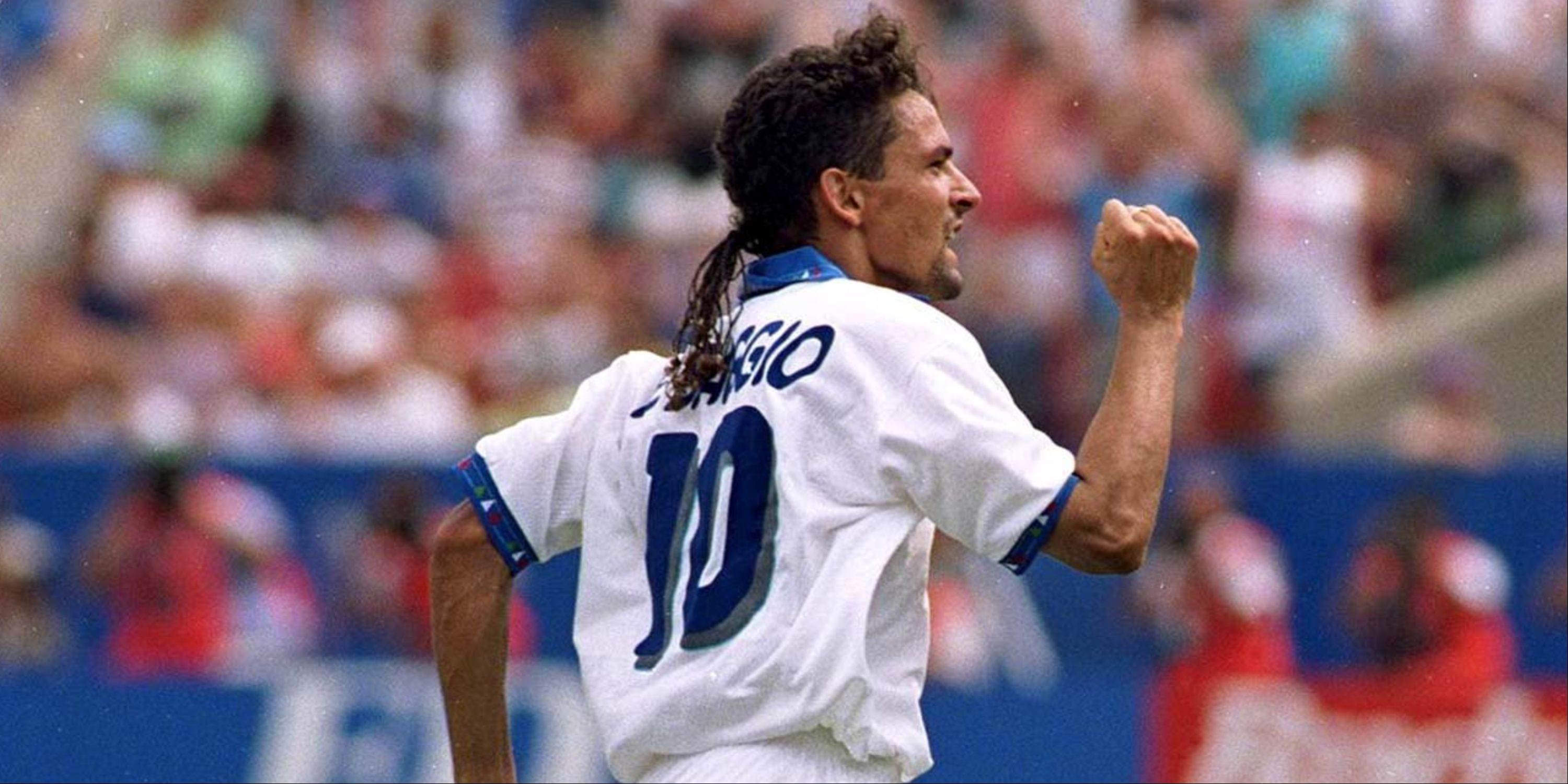 Roberto Baggio in action for Italy, dribbling past opponents with ease
Roberto Baggio in action for Italy, dribbling past opponents with ease
 Zico dribbling with the ball, known for his exceptional technique and playmaking abilities
Zico dribbling with the ball, known for his exceptional technique and playmaking abilities
 Dennis Bergkamp showcasing his dribbling skills
Dennis Bergkamp showcasing his dribbling skills
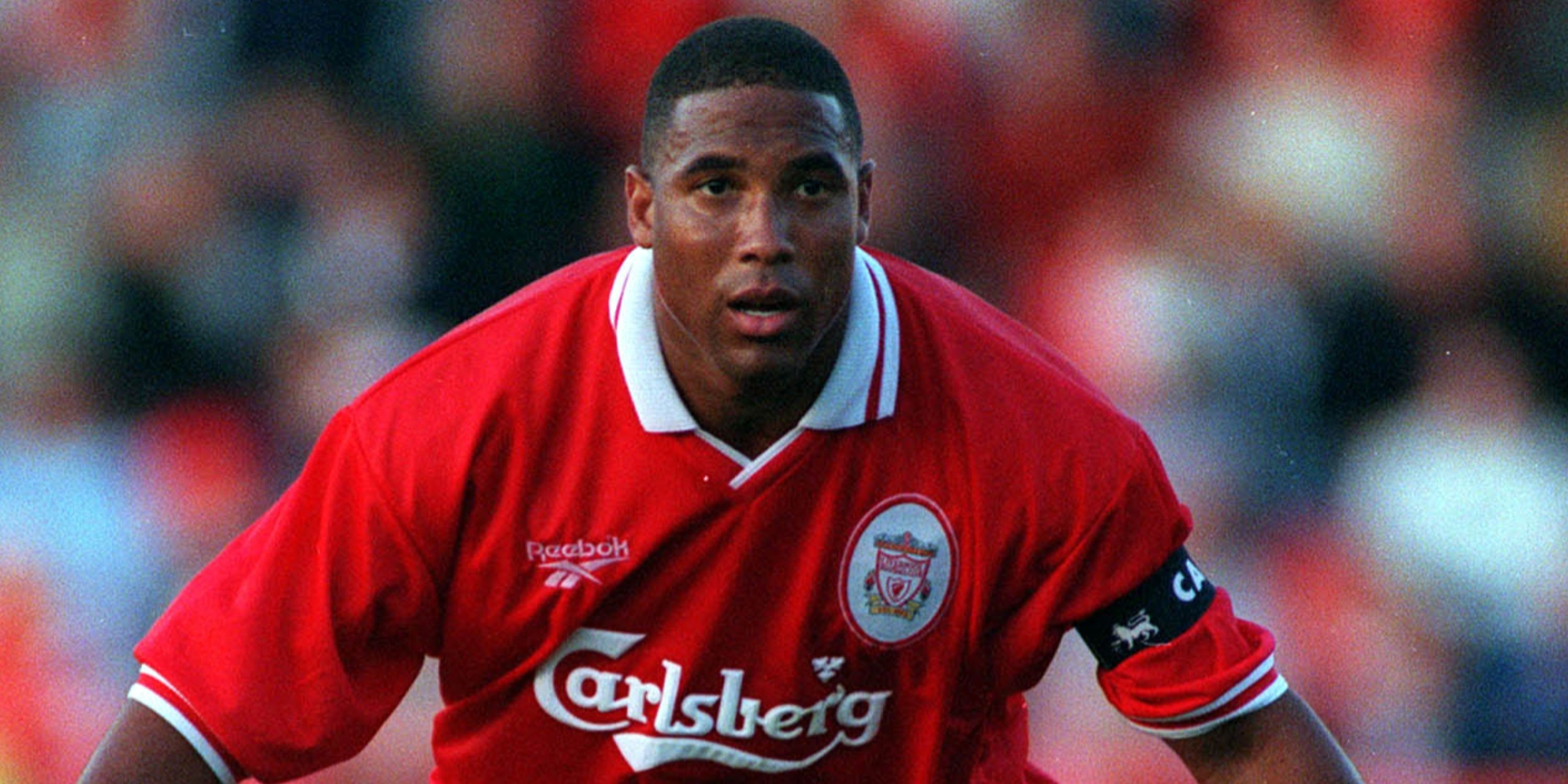 John Barnes skillfully dribbling past multiple defenders
John Barnes skillfully dribbling past multiple defenders
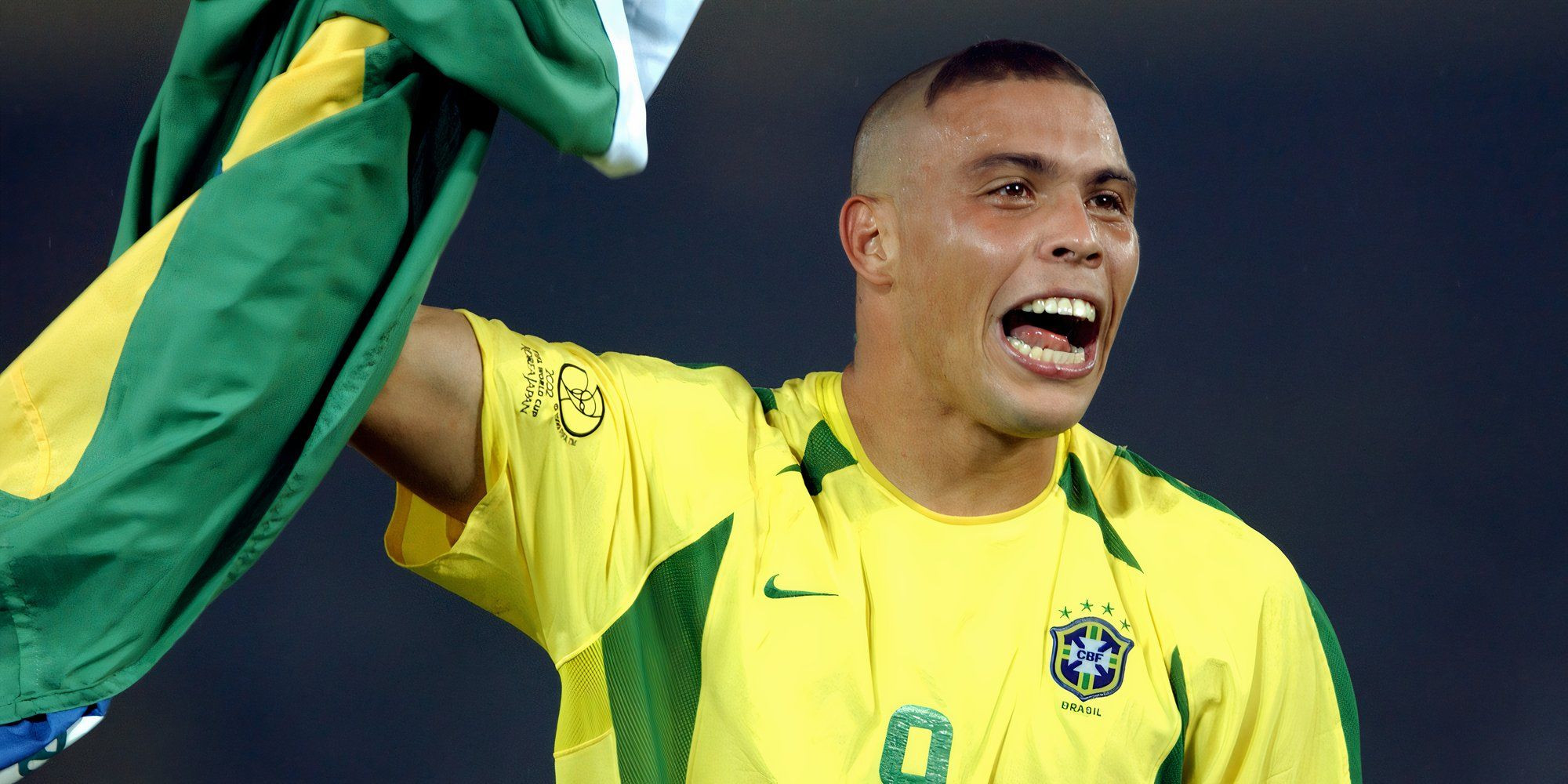 Ronaldo Nazario dribbling during the 2002 World Cup
Ronaldo Nazario dribbling during the 2002 World Cup
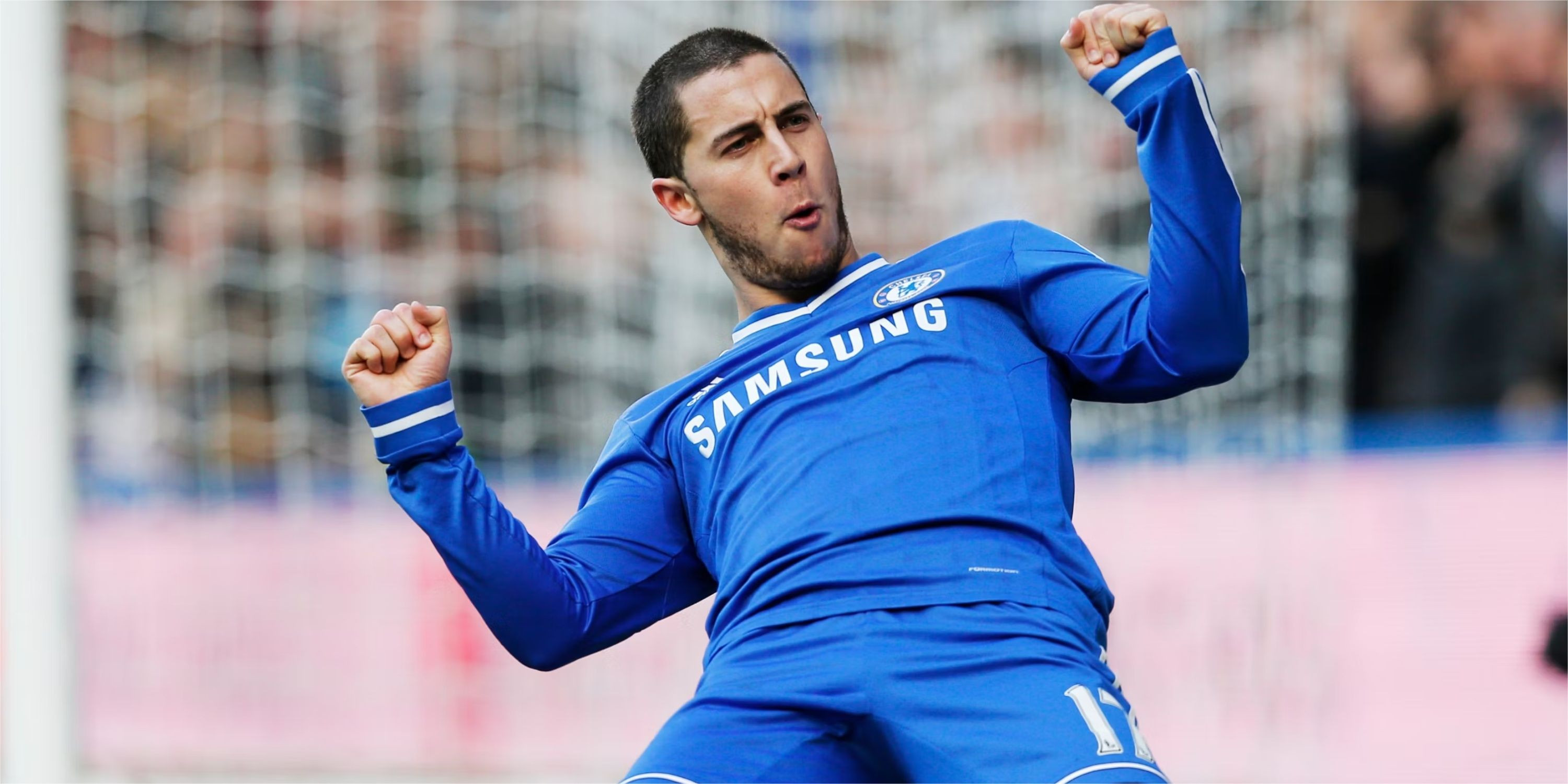 Eden Hazard showcasing his dribbling expertise in a Chelsea match
Eden Hazard showcasing his dribbling expertise in a Chelsea match
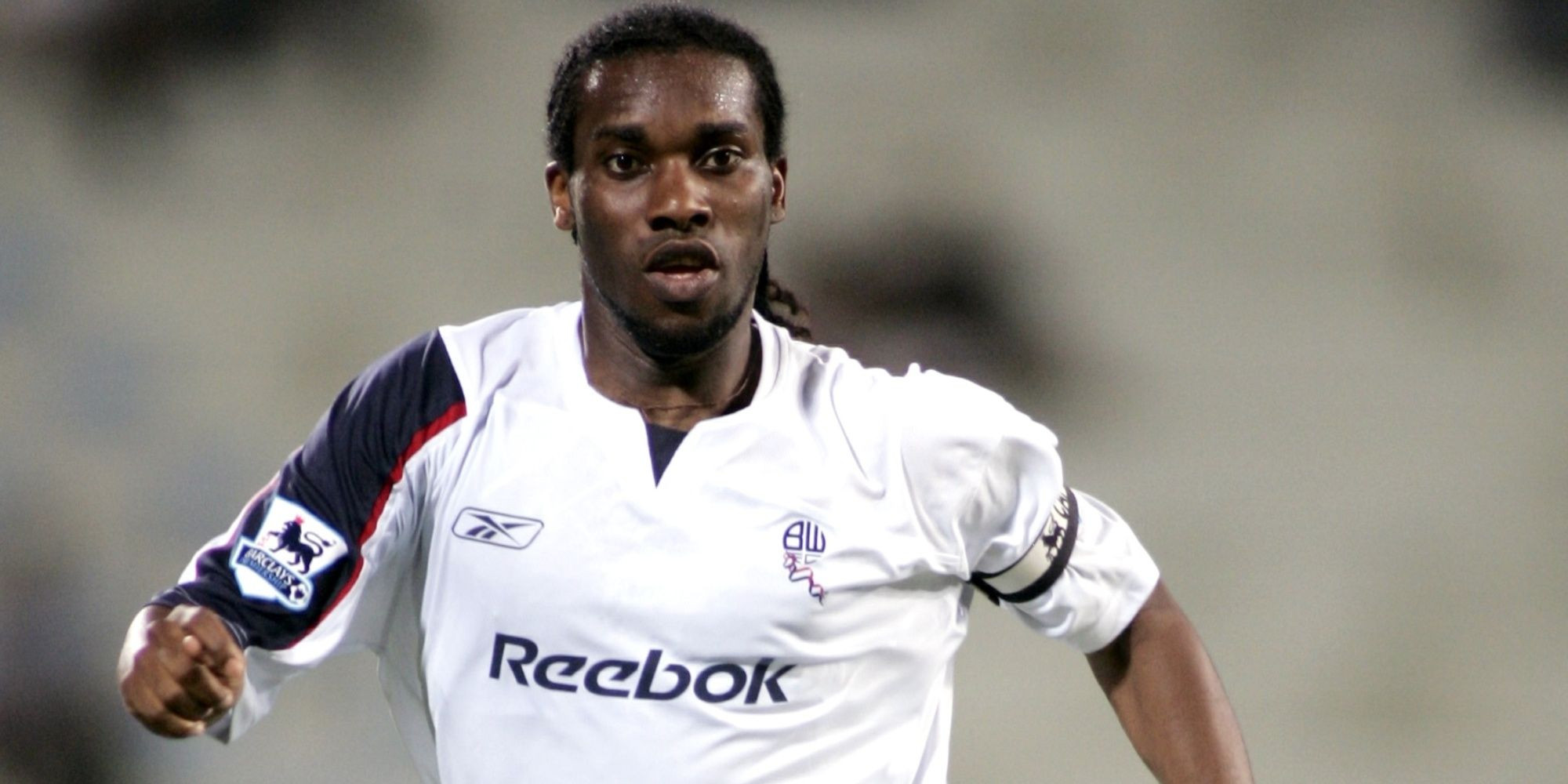 Jay-Jay Okocha displaying his premier league dribbling skills
Jay-Jay Okocha displaying his premier league dribbling skills
